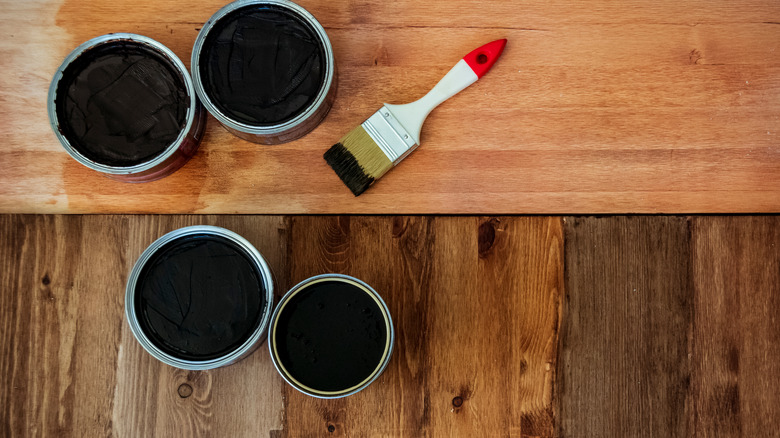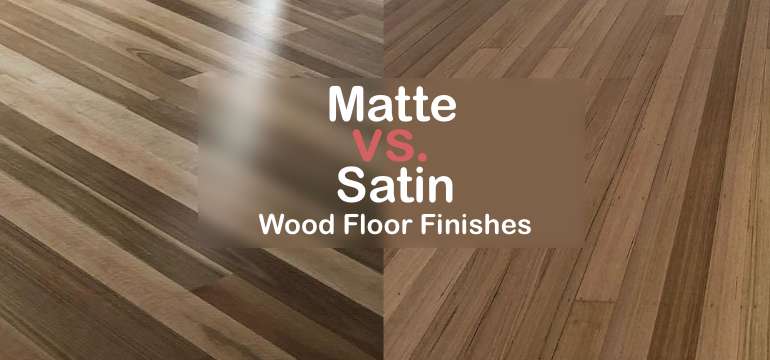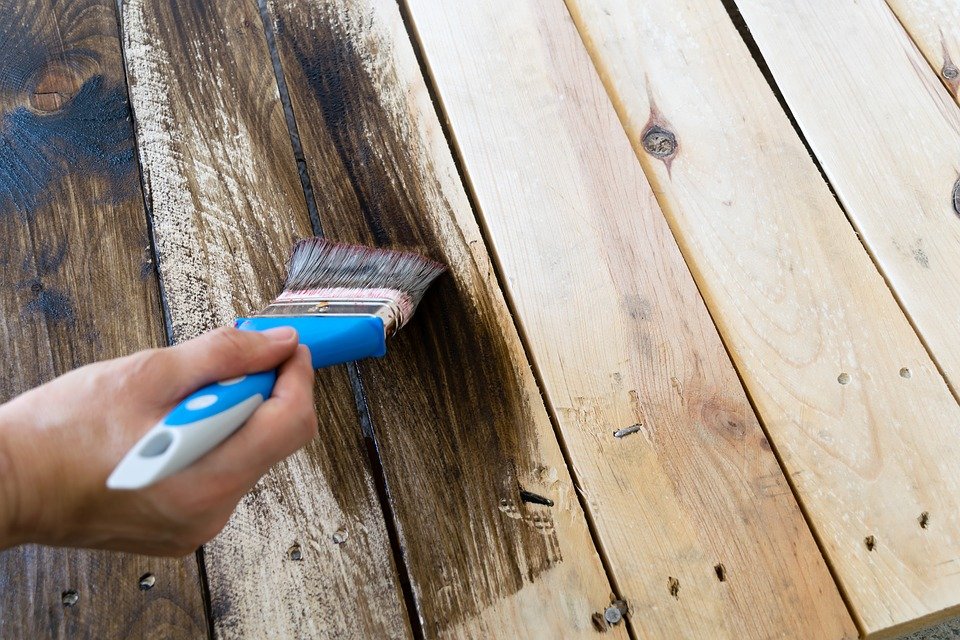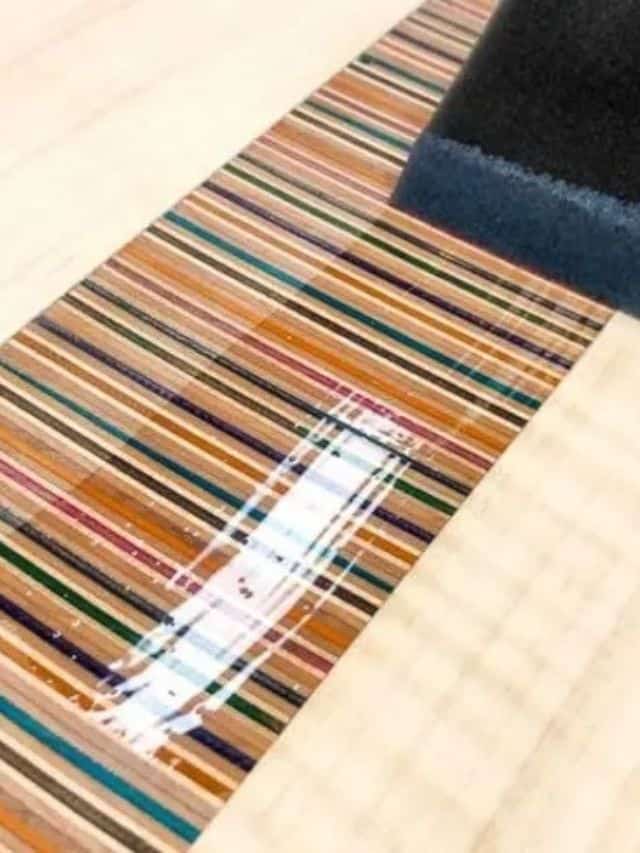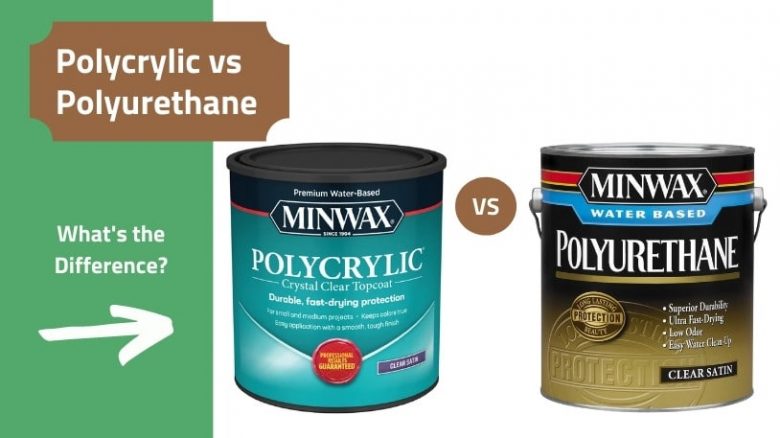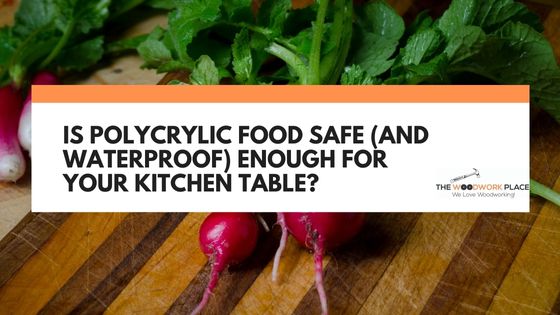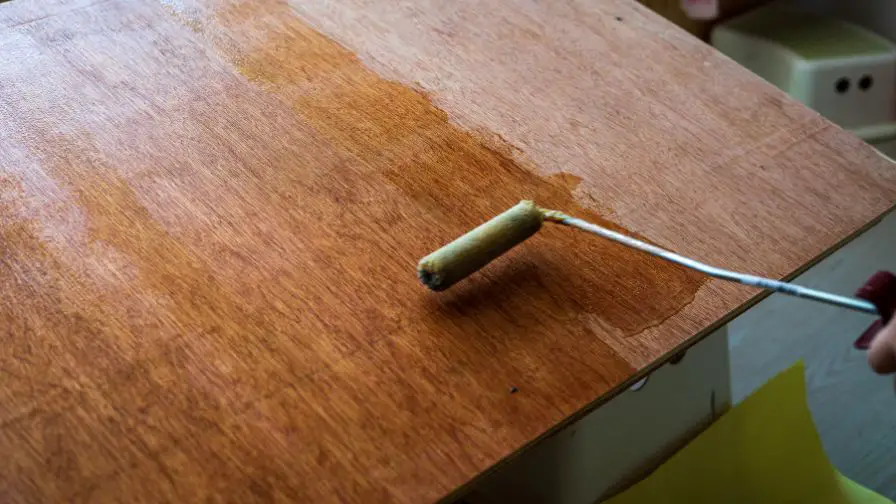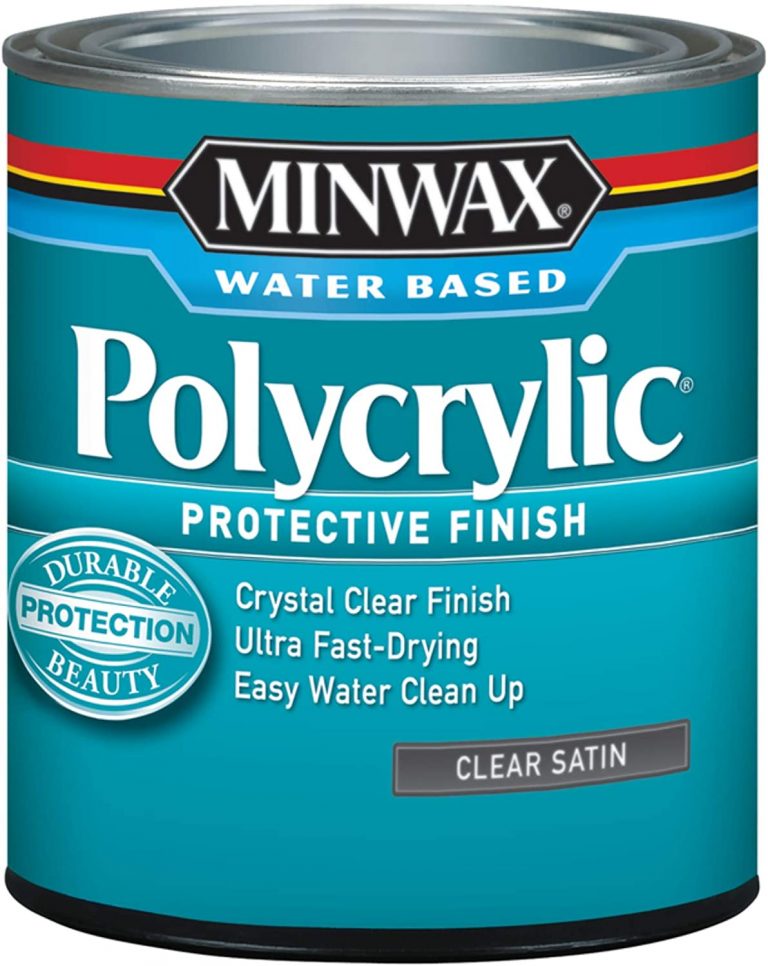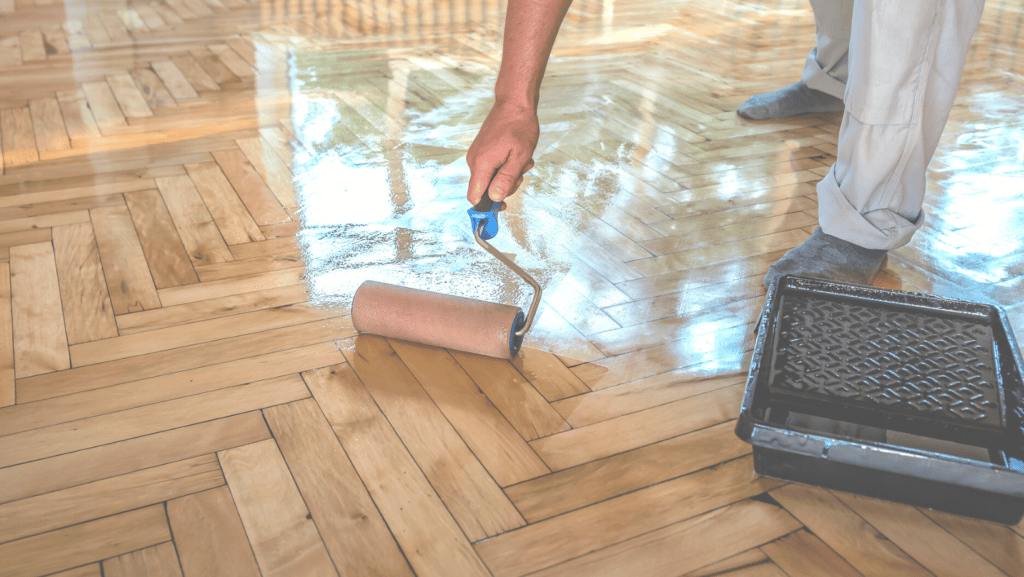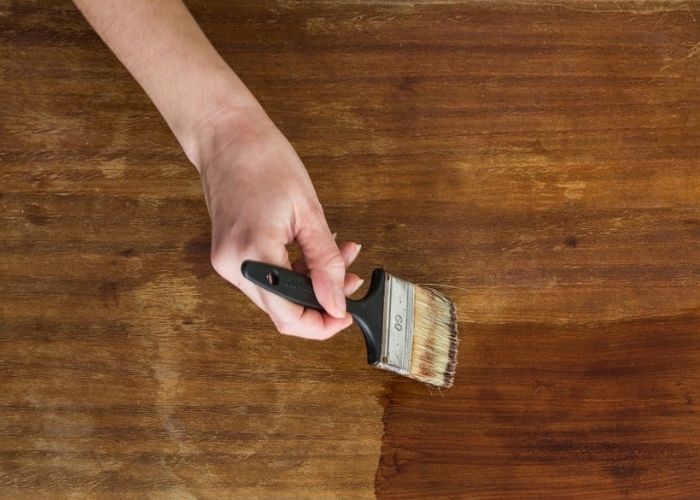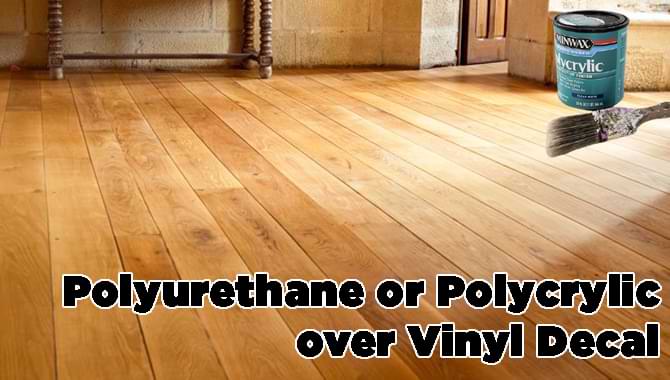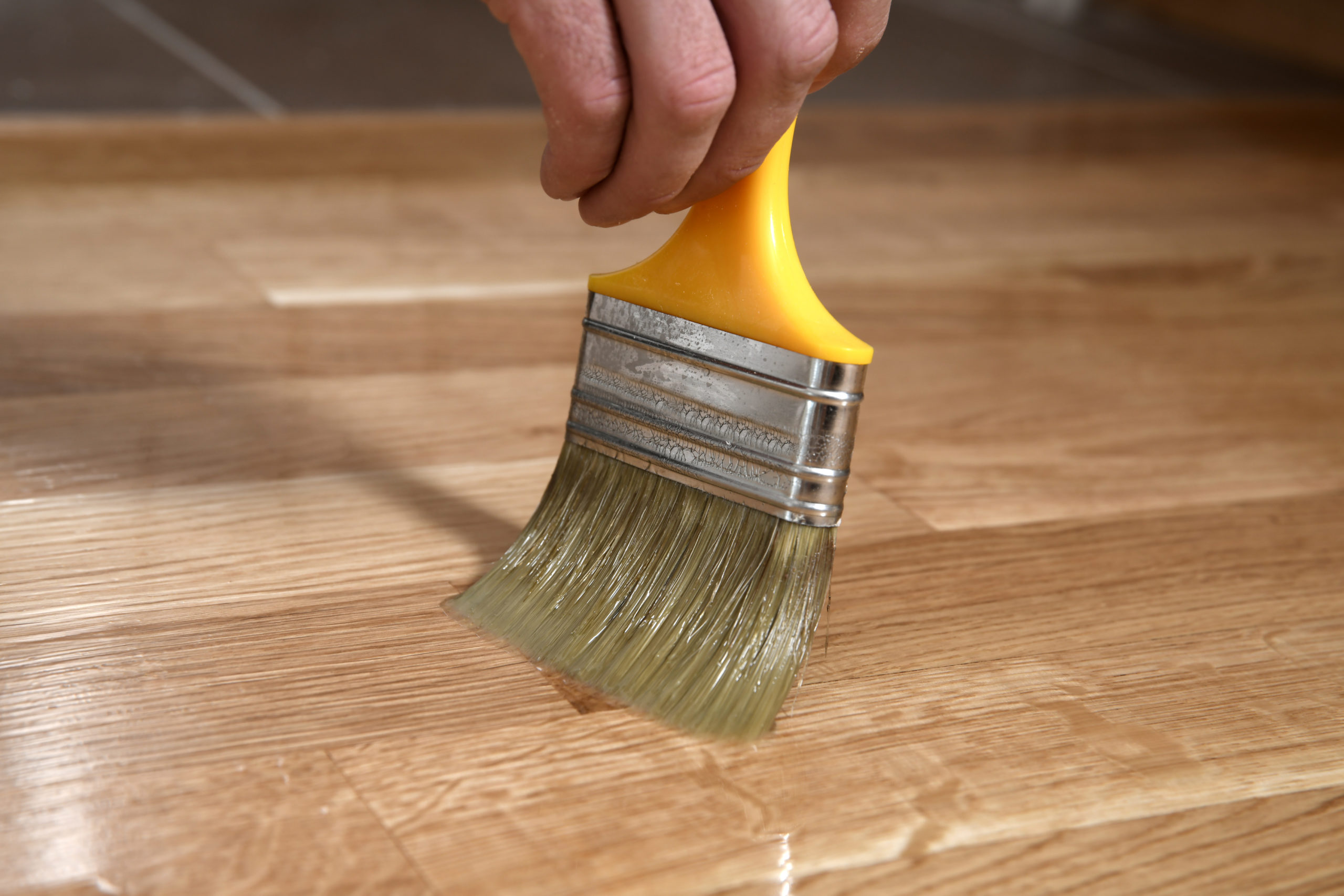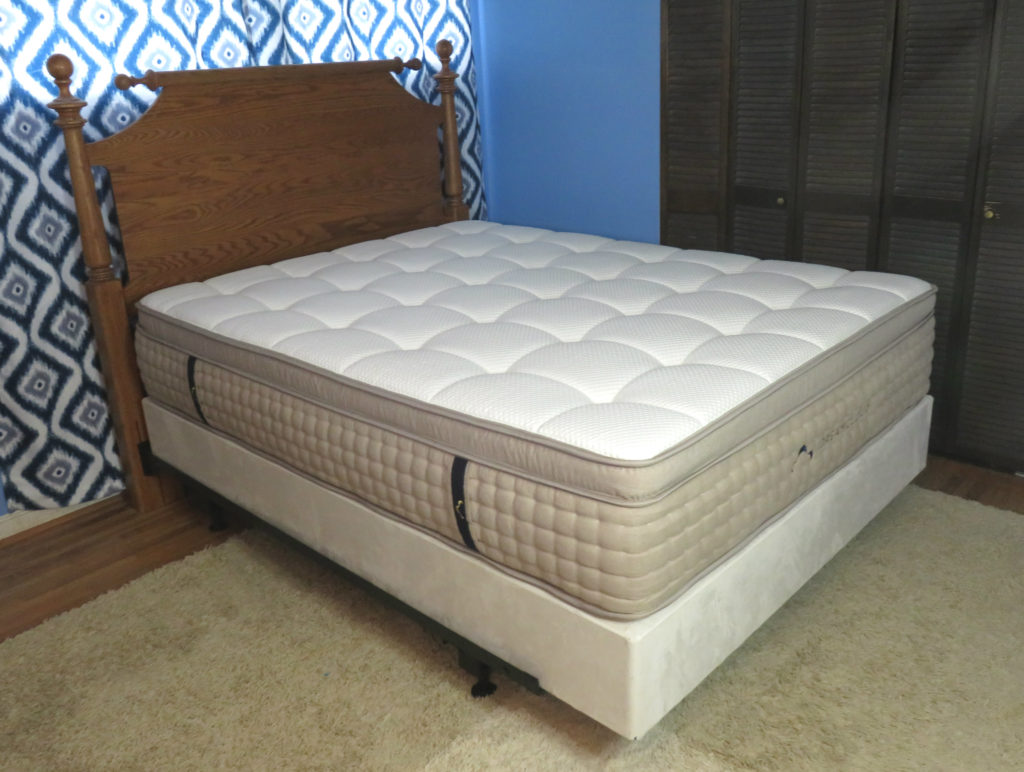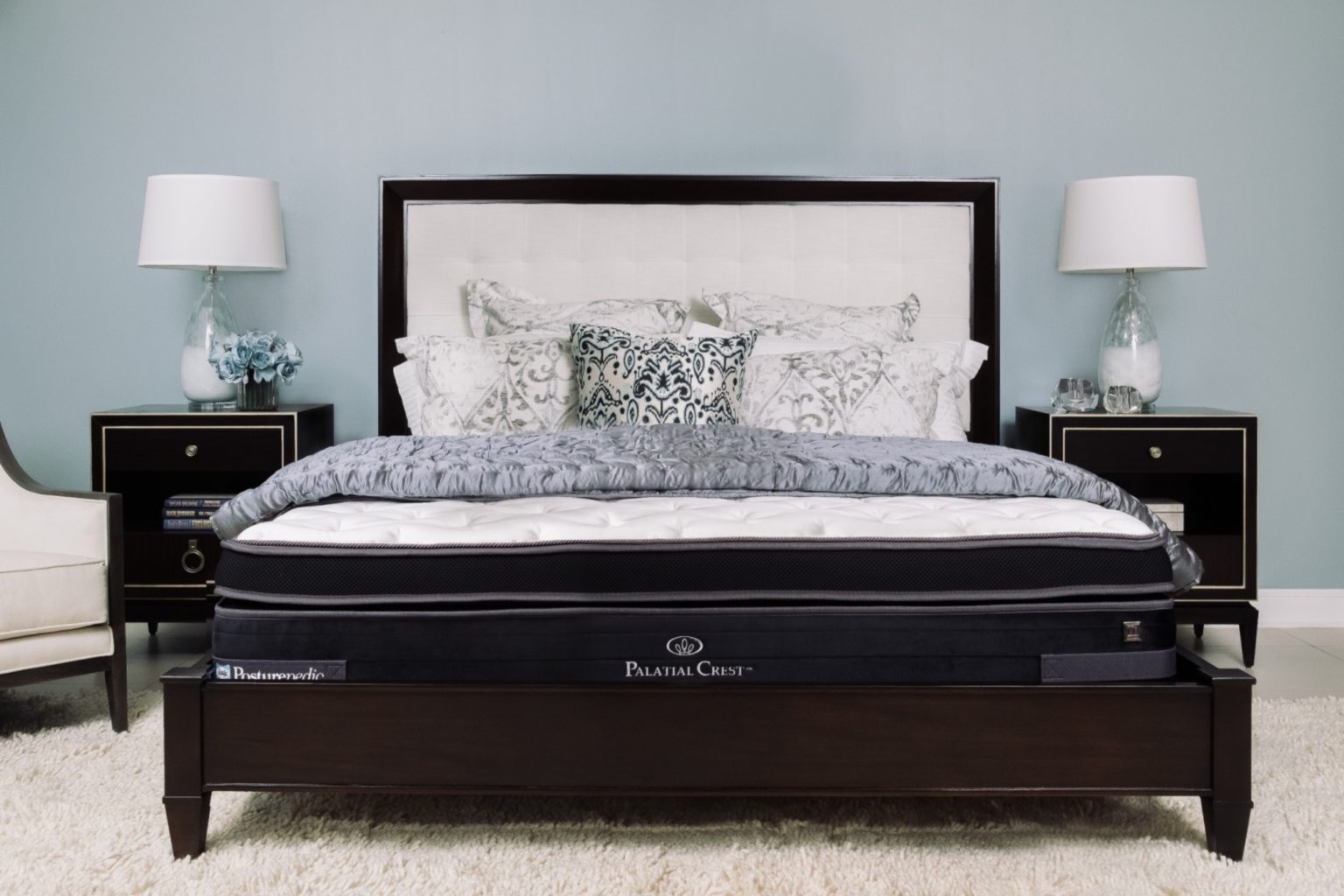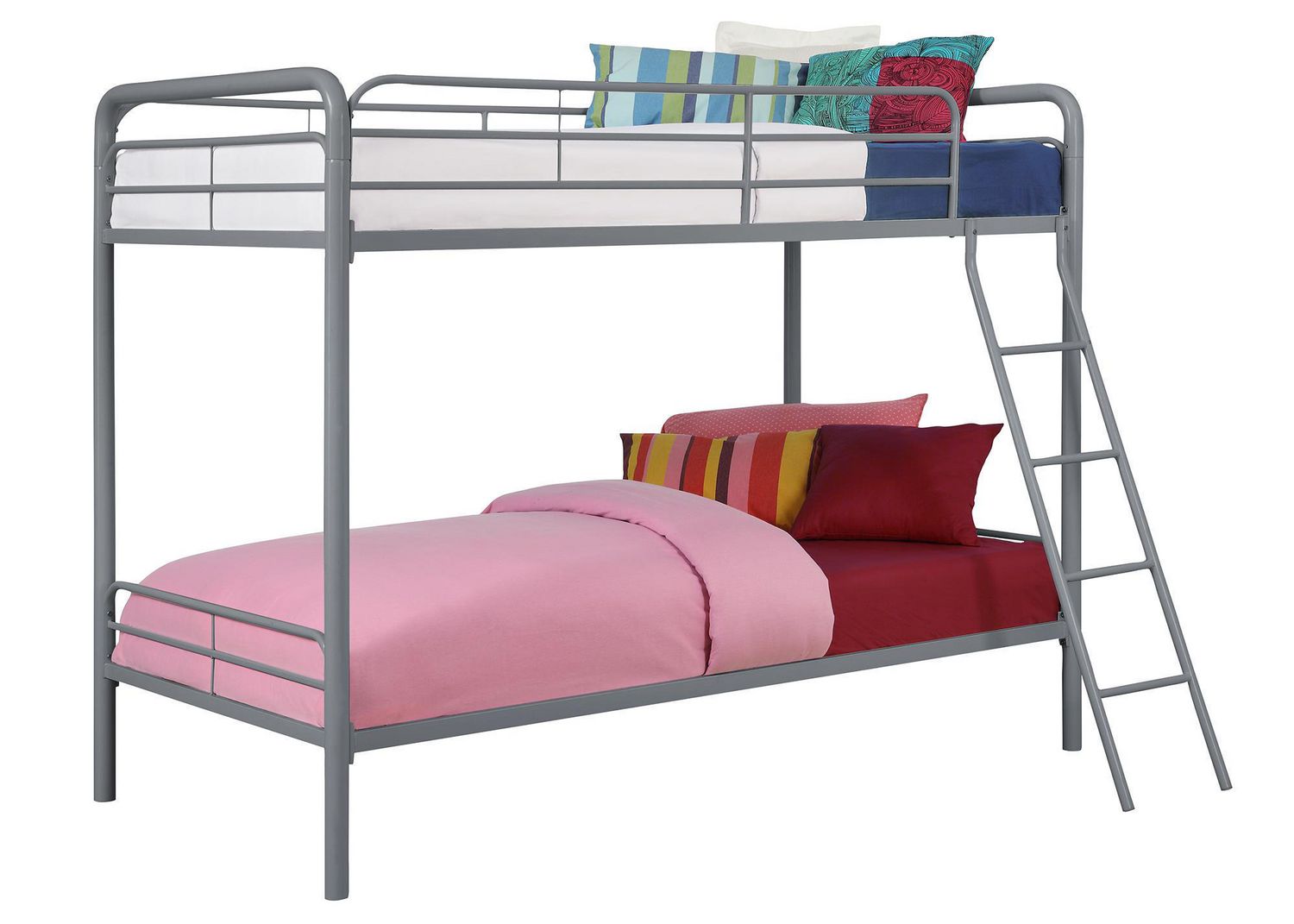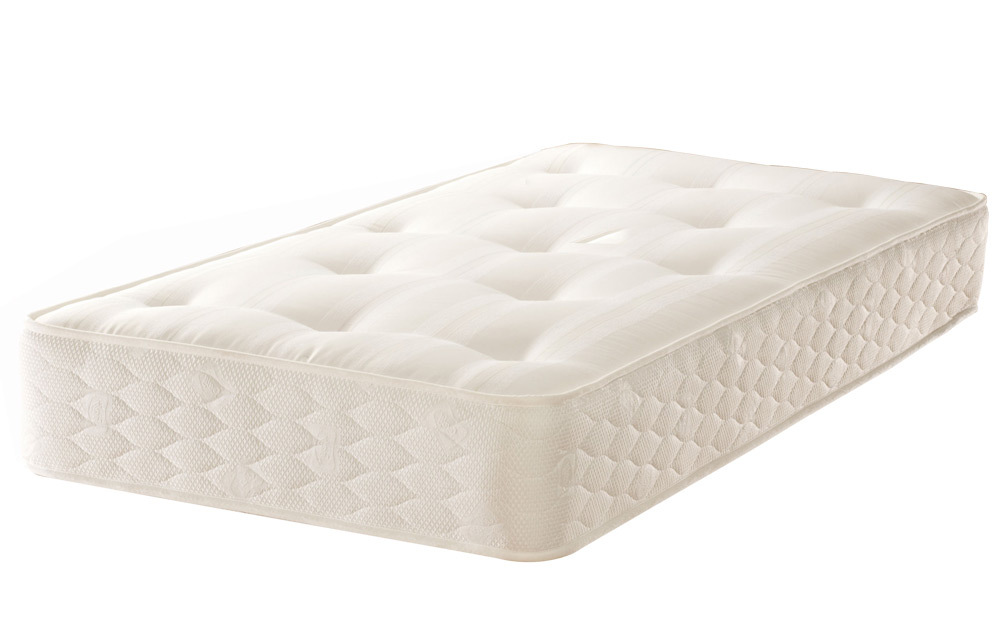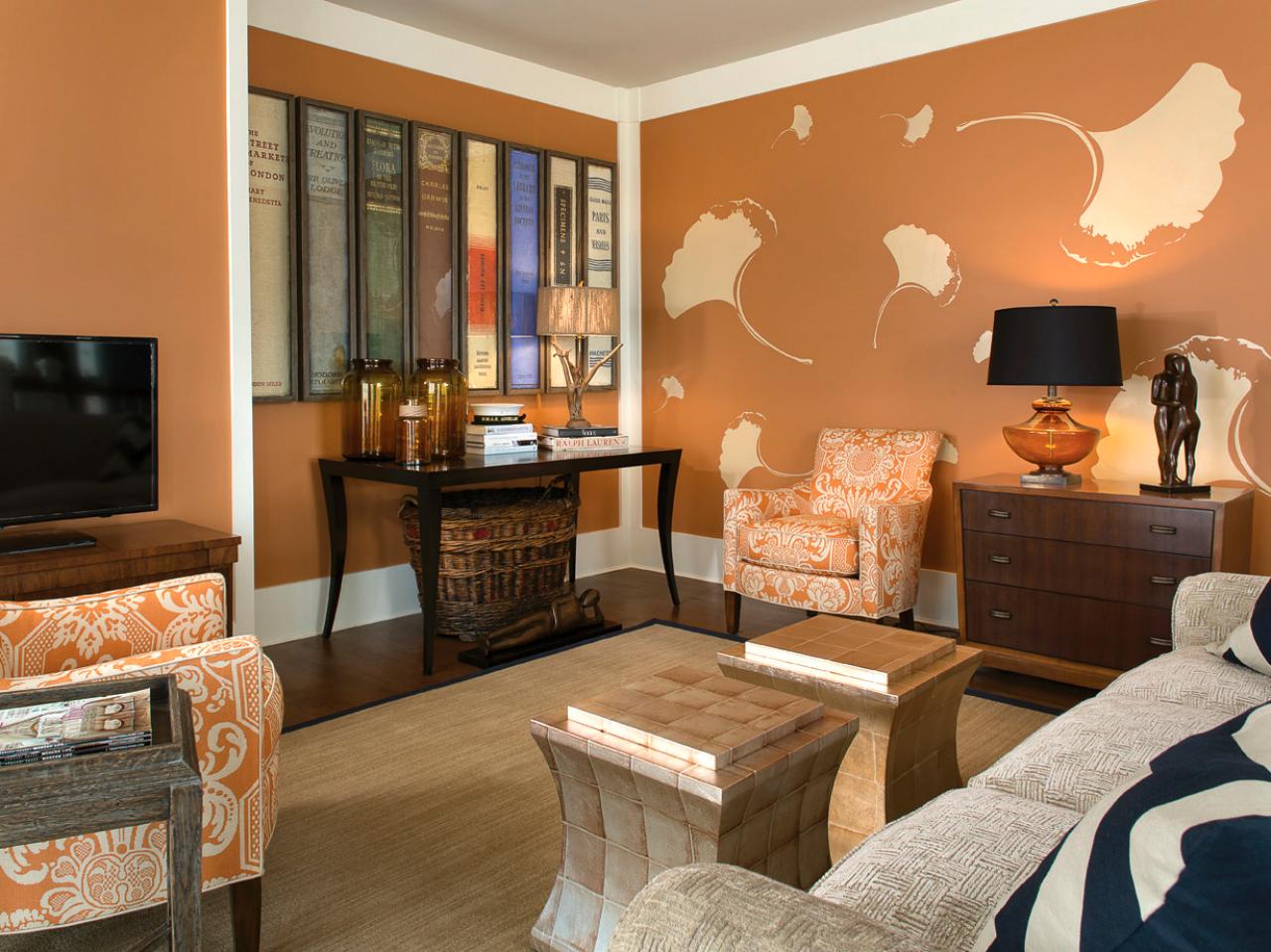If you're looking to protect and enhance the beauty of your kitchen table, you may have come across two popular options: polycrylic and polyurethane. Both are clear, protective finishes that can provide a glossy or matte sheen to your wood surface. But which one should you choose for your project? Let's take a closer look at the differences between polycrylic and polyurethane to help you make the best decision.1. Polycrylic vs Polyurethane: Which Is Better for Your Project?
When it comes to choosing between polycrylic and polyurethane, it's important to consider the pros and cons of each option. Polycrylic, a water-based finish, has a fast drying time and is easy to clean up. It also has low odor and is non-toxic, making it a great choice for indoor projects. However, it may not be as durable as polyurethane and can sometimes cause yellowing over time. Polyurethane, on the other hand, is a solvent-based finish that provides a strong, durable coating. It's resistant to water, heat, and chemicals, making it a good choice for high-traffic areas like kitchen tables. However, it has a longer drying time and can emit strong fumes, so proper ventilation is necessary during application. It also requires mineral spirits for clean-up.2. The Pros and Cons of Polycrylic vs Polyurethane
When deciding between polycrylic and polyurethane, consider the location and use of your kitchen table. If it will be exposed to moisture and heavy use, polyurethane may be the better option for its durability. However, if you're looking for a more eco-friendly and user-friendly alternative, polycrylic may be the way to go. It's also important to consider the type of wood you're working with, as some woods may react differently to certain finishes.3. How to Choose Between Polycrylic and Polyurethane for Your Kitchen Table
While both polycrylic and polyurethane are clear finishes, they have some key differences in their chemical makeup. Polycrylic is a water-based finish, meaning it is made with acrylic polymers suspended in water. It dries quickly and has low levels of volatile organic compounds (VOCs). Polyurethane, on the other hand, is a solvent-based finish made with synthetic resins and solvents. It has a longer drying time and higher levels of VOCs.4. Polycrylic vs Polyurethane: What's the Difference?
There are several benefits to using polycrylic for your kitchen table. As a water-based finish, it has a low odor and is non-toxic, making it a safer option for indoor use. It also dries quickly, allowing for multiple coats to be applied in a shorter amount of time. Additionally, polycrylic can provide a clear, glossy finish without adding any color to the wood surface.5. The Benefits of Using Polycrylic for Your Kitchen Table
Deciding between polyurethane and polycrylic for your kitchen table ultimately comes down to your personal preferences and needs. Polyurethane is a strong and durable finish, making it a great choice for high-traffic areas. However, if you're looking for a more environmentally-friendly and user-friendly option, polycrylic may be the better choice. Consider the pros and cons of each and choose the one that best suits your project.6. Polyurethane vs Polycrylic: Which One Should You Use for Your Kitchen Table?
Applying polycrylic or polyurethane to your kitchen table requires some preparation and a few simple steps. Before starting, make sure your workspace is well-ventilated and your surface is clean and dry. Use a high-quality brush or foam applicator to apply a thin, even coat of the finish. Allow it to dry completely before lightly sanding and applying additional coats, if desired. Follow the manufacturer's instructions for drying times and recommended number of coats.7. How to Apply Polycrylic or Polyurethane to Your Kitchen Table
When it comes to choosing the best brand of polycrylic or polyurethane for your kitchen table, there are several options to consider. Some popular brands of polycrylic include Minwax Polycrylic Protective Finish, Varathane Crystal Clear Water-Based Polyurethane, and General Finishes High Performance Water-Based Topcoat. For polyurethane, Minwax Fast-Drying Polyurethane, Varathane Oil-Based Polyurethane, and Rust-Oleum Varathane Ultimate Polyurethane are all highly rated choices.8. The Best Brands of Polycrylic and Polyurethane for Your Kitchen Table
To achieve a professional finish with polycrylic or polyurethane on your kitchen table, there are a few tips to keep in mind. First, make sure to properly sand and clean your surface before applying the finish to ensure a smooth and even application. Use long, even strokes when applying the finish and avoid going over the same area multiple times. Finally, allow the finish to dry completely before using your kitchen table.9. Tips for Achieving a Professional Finish with Polycrylic or Polyurethane on Your Kitchen Table
When it comes to durability, polyurethane is typically the stronger option for a kitchen table. It's resistant to water, heat, and chemicals, making it a better choice for a surface that will be used for eating and cooking. However, with proper preparation and multiple coats, polycrylic can also provide a durable finish for your kitchen table. It's important to consider the level of use and potential wear and tear on your table when deciding between the two finishes.10. Polycrylic vs Polyurethane: Which One is More Durable for a Kitchen Table?
Choosing the Right Finish for Your Kitchen Table

Understanding the Difference Between Polycrylic and Polyurethane
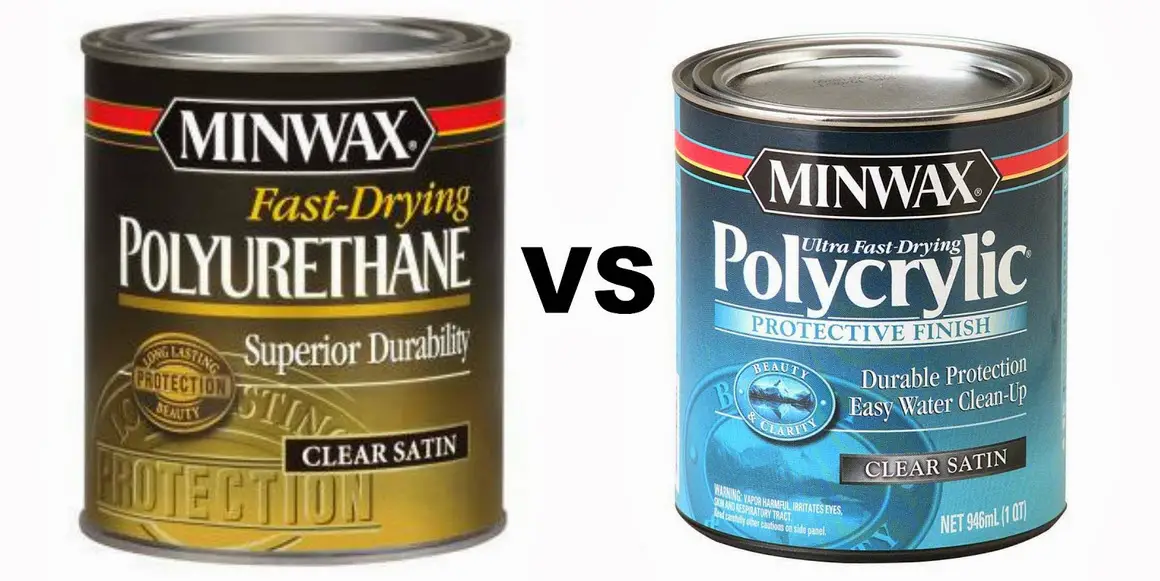 When it comes to protecting your kitchen table, choosing the right finish is essential. Two common options are polycrylic and polyurethane, both of which offer durability and a glossy finish. But what exactly are these finishes and which one is best for your kitchen table?
Polycrylic
is a water-based protective finish that is known for its crystal-clear finish and fast drying time. It is also low in odor and easy to clean up with soap and water. This makes it a popular choice for DIY projects, especially for those who are looking for a quick and easy application process.
On the other hand,
polyurethane
is an oil-based finish that provides a more durable and long-lasting protective coating. It is known for its resistance to water, heat, and scratches, making it ideal for high-traffic areas like kitchen tables. However, it has a longer drying time and can be challenging to clean up, as it requires the use of mineral spirits.
When it comes to protecting your kitchen table, choosing the right finish is essential. Two common options are polycrylic and polyurethane, both of which offer durability and a glossy finish. But what exactly are these finishes and which one is best for your kitchen table?
Polycrylic
is a water-based protective finish that is known for its crystal-clear finish and fast drying time. It is also low in odor and easy to clean up with soap and water. This makes it a popular choice for DIY projects, especially for those who are looking for a quick and easy application process.
On the other hand,
polyurethane
is an oil-based finish that provides a more durable and long-lasting protective coating. It is known for its resistance to water, heat, and scratches, making it ideal for high-traffic areas like kitchen tables. However, it has a longer drying time and can be challenging to clean up, as it requires the use of mineral spirits.
Which One is Better for Your Kitchen Table?
 When it comes to choosing between polycrylic and polyurethane for your kitchen table, it ultimately depends on your specific needs and preferences. If you are looking for a quick and easy application, polycrylic may be the better choice. Its water-based formula also makes it a safer option for those who are sensitive to fumes or have respiratory issues.
However, if you want a more durable and long-lasting finish for your kitchen table, polyurethane may be the better option. Its oil-based formula provides a thicker protective layer that can withstand more wear and tear. Keep in mind that it may take longer to dry and requires more effort to clean up, but the end result may be worth it.
When it comes to choosing between polycrylic and polyurethane for your kitchen table, it ultimately depends on your specific needs and preferences. If you are looking for a quick and easy application, polycrylic may be the better choice. Its water-based formula also makes it a safer option for those who are sensitive to fumes or have respiratory issues.
However, if you want a more durable and long-lasting finish for your kitchen table, polyurethane may be the better option. Its oil-based formula provides a thicker protective layer that can withstand more wear and tear. Keep in mind that it may take longer to dry and requires more effort to clean up, but the end result may be worth it.
Considerations for Application
 No matter which finish you choose, it is essential to properly prepare your kitchen table before applying the finish. This includes sanding down the surface and removing any previous finishes, as well as ensuring the surface is clean and free of dust. It is also important to follow the manufacturer's instructions for application and allow for proper drying time between coats.
In conclusion, both polycrylic and polyurethane offer excellent protection for your kitchen table. Consider your specific needs and preferences, as well as the level of durability and ease of application you desire, to determine which finish is best for your kitchen table. With the right finish, you can ensure your kitchen table remains beautiful and protected for years to come.
No matter which finish you choose, it is essential to properly prepare your kitchen table before applying the finish. This includes sanding down the surface and removing any previous finishes, as well as ensuring the surface is clean and free of dust. It is also important to follow the manufacturer's instructions for application and allow for proper drying time between coats.
In conclusion, both polycrylic and polyurethane offer excellent protection for your kitchen table. Consider your specific needs and preferences, as well as the level of durability and ease of application you desire, to determine which finish is best for your kitchen table. With the right finish, you can ensure your kitchen table remains beautiful and protected for years to come.

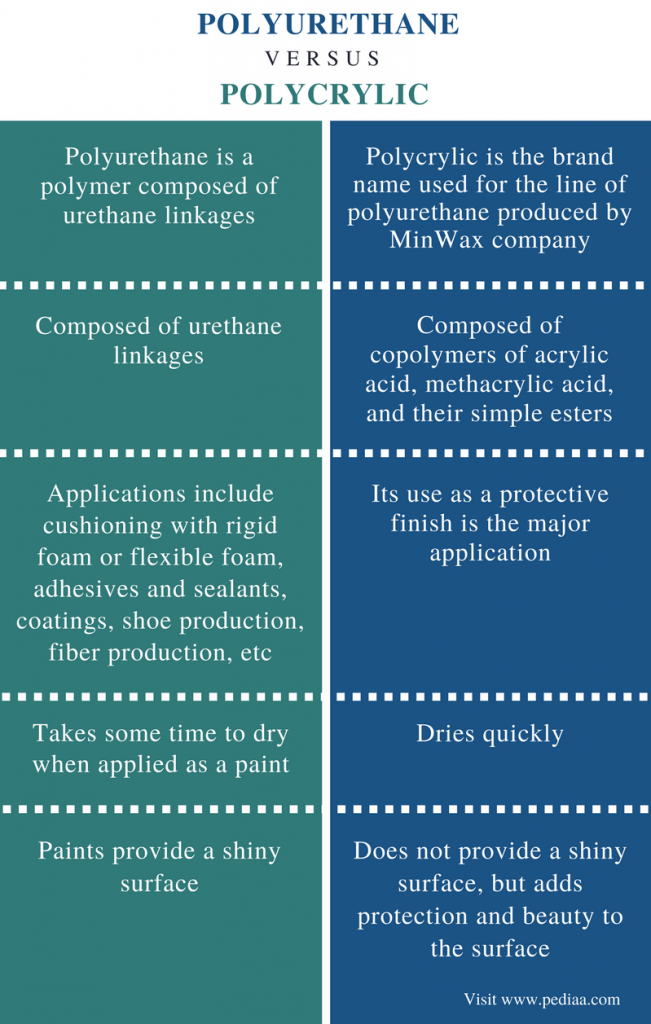


:max_bytes(150000):strip_icc()/polycrylic-vs-polyurethane-6891646-v1-55fc4eb651d249dabcc04eb9c708e308.png)
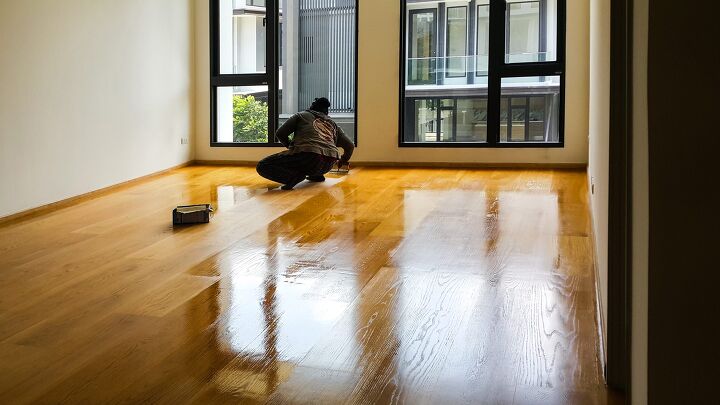


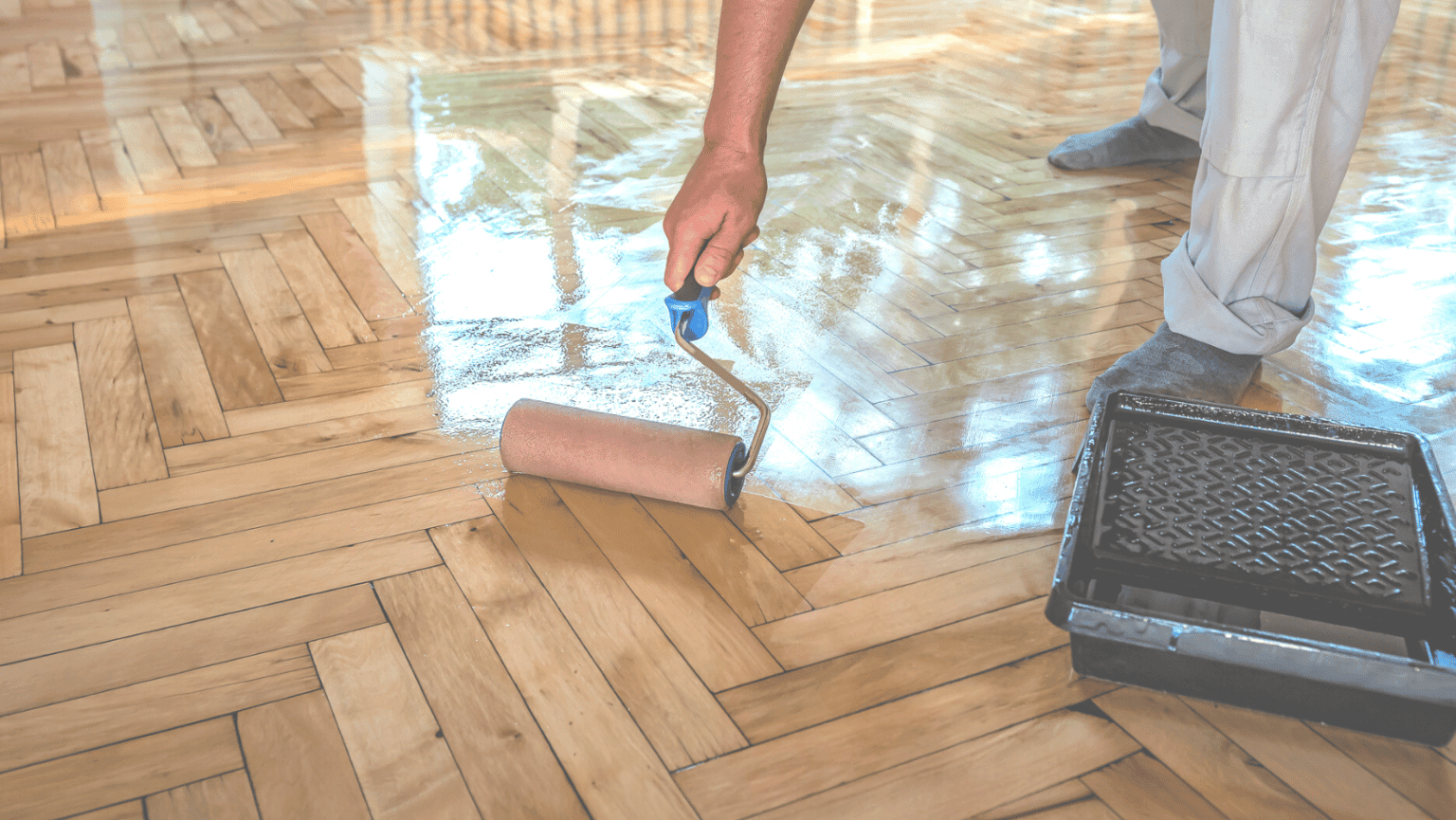
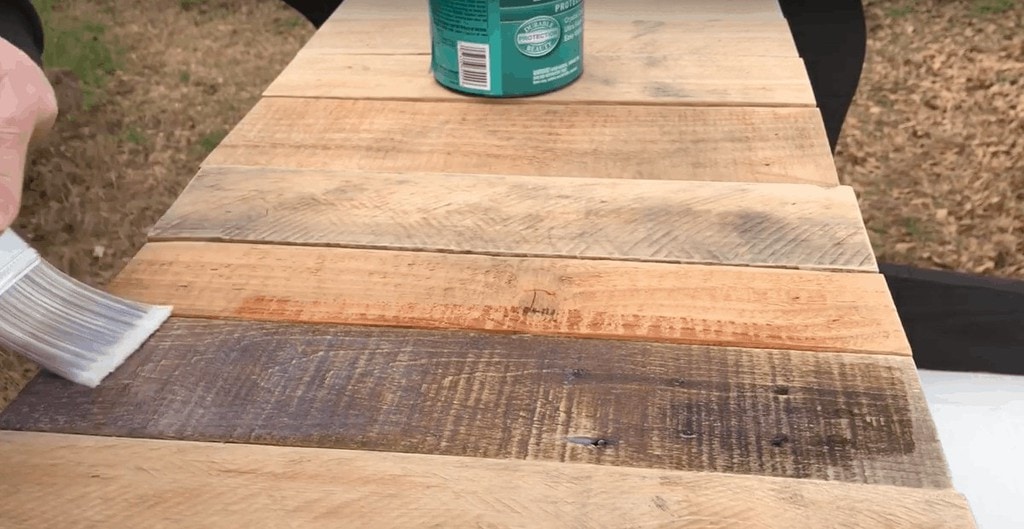






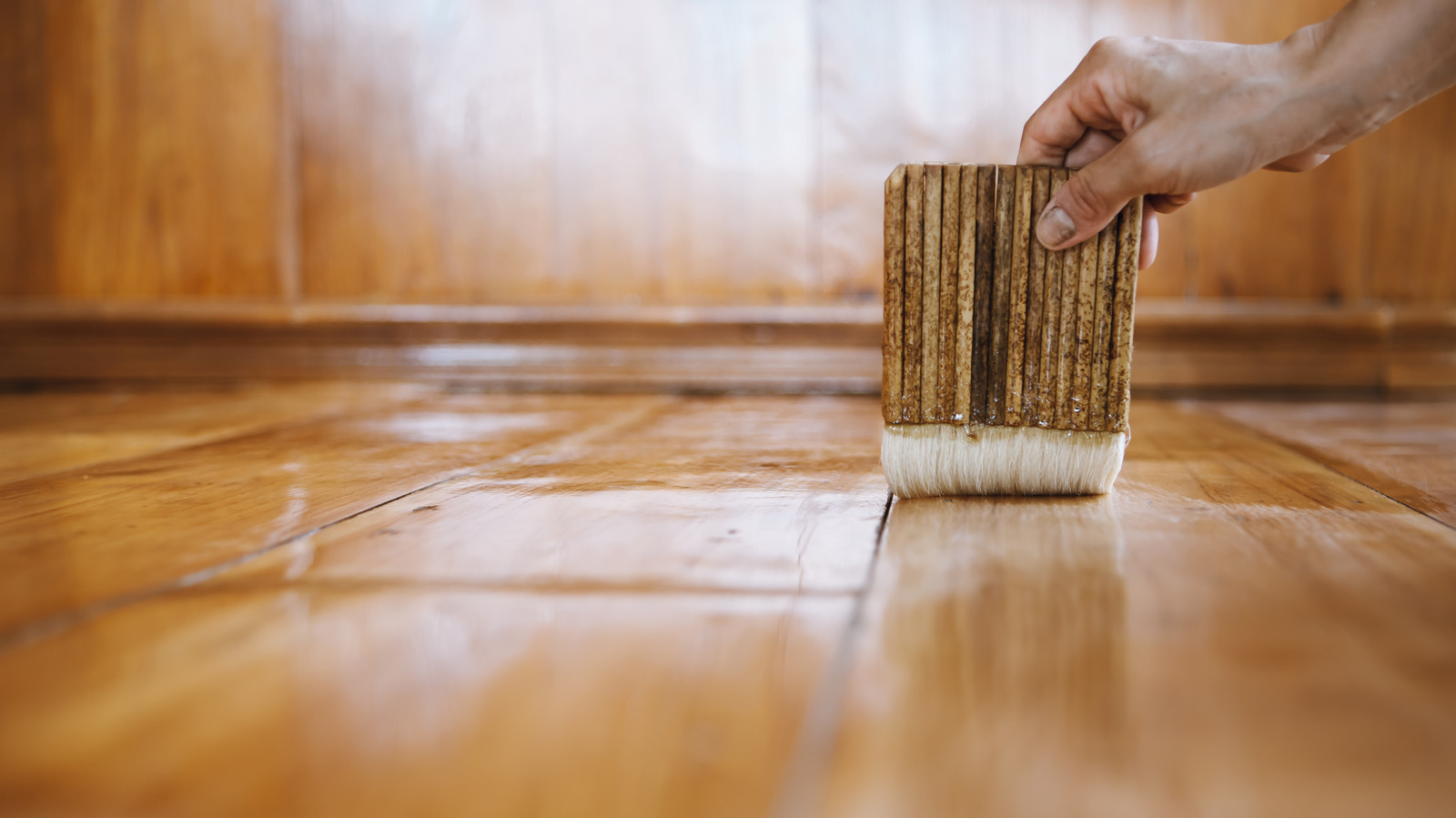
/cdn.vox-cdn.com/uploads/chorus_image/image/68543613/iStock_183771871.0.jpg)
